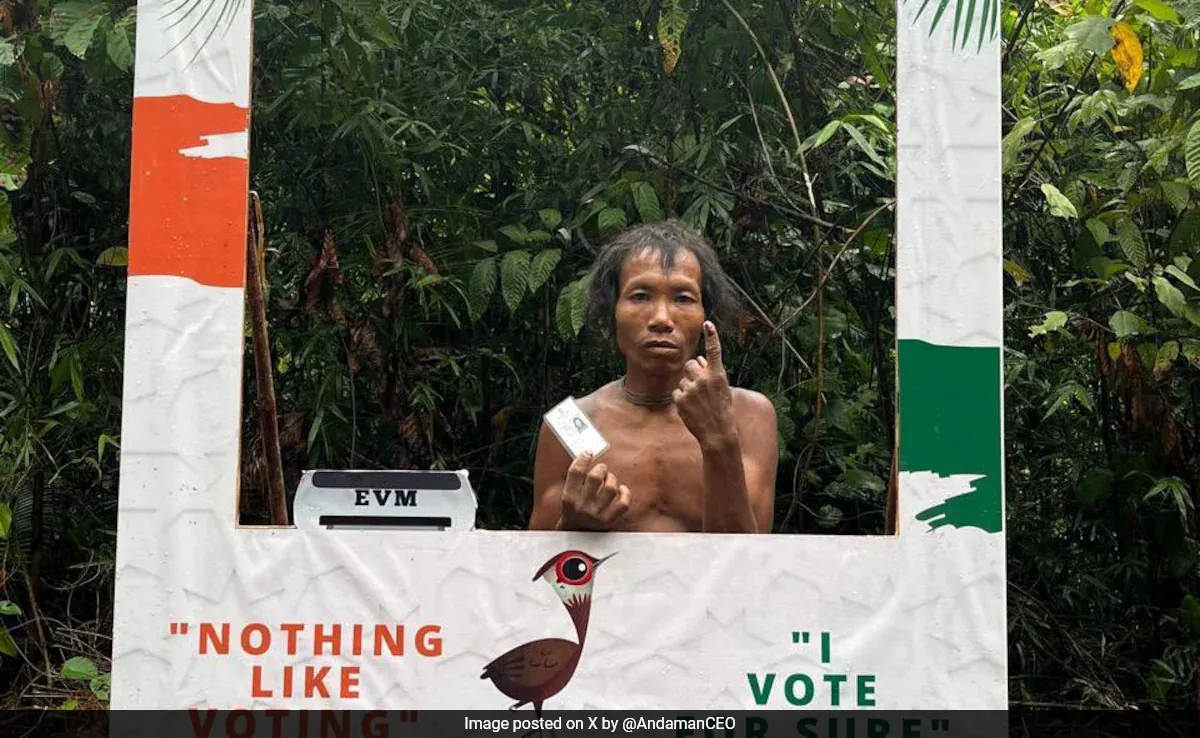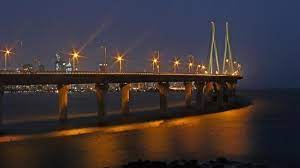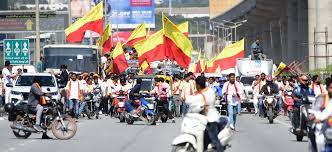- Surat in Gujarat and Indore in Madhya Pradesh were named India’s cleanest cities at the Union Urban Affairs Ministry’s annual clean city awards 2023.
About
- The Ministry of Housing and Urban Affairs (MoHUA) launched Swachh Survekshan in 2016 as a competitive framework to encourage urban sanitation improvements and community engagement.
- Swachh Survekshan has expanded over time to become the world’s largest urban sanitation survey.
- The emphasis of the 2023 version (SS 2023) is on waste source segregation, expanding city waste processing capacity, and minimising trash delivered to dumpsites.
- SS 2023 adds additional indicators with greater significance, concentrating on phased plastic reduction, improved plastic waste management, “waste to wonder” parks, and zero-waste events.
- SS 2023 encourages the ranking of wards within cities.
- The survey rates cities based on specific indications such as ‘Open Urination’ (Yellow Spots) and ‘Open Spitting’ (Red Spots).
Highlights from the 2023 Clean City Awards
- Top Rankings: Surat and Indore tied for first place, with Navi Mumbai taking third place in the category of cleanest cities.
- Indore’s Consistent Success: Indore has been named the cleanest city for the seventh consecutive year.
- Other notable cities include: Greater Visakhapatnam, Bhopal, Vijayawada, New Delhi, Tirupati, Greater Hyderabad, and Pune are also among the top ten cleanest cities in India.
Special Categories and State Rankings
- Maharashtra has emerged as the top performer in the state rankings, followed by Madhya Pradesh and Chhattisgarh.
- Smaller Cities and Cantonment Boards: Sasvad and Lonavala in Maharashtra, and Patan in Chhattisgarh, were the best achievers in cities with a population of less than one lakh. Madhya Pradesh’s Mhow Cantonment Board was named the cleanest cantonment board.
- Cleanest Ganga Towns: Varanasi and Prayagraj in Uttar Pradesh were named the cleanest towns on the Ganga.
Themes and Awards
- Awards for Swachh Survekshan: These awards, launched in 2016 by the Ministry of Housing and Urban Affairs (MoHUA), have grown to become the world’s largest urban sanitation survey.
- Themes: The topic of the 2023 poll was “Waste to Wealth,” whereas the forthcoming 2024 survey will emphasise “Reduce, Reuse, and Recycle.”
Indore’s Ascension to the Top of the Rankings
- Indore’s extraordinary rise from 25th place in 2016 to regular first place is impressive.
- Key Success Factors: The success of the city is credited to a sustainable waste collection, processing, and disposal system, as well as community engagement and innovative sanitation initiatives.
Sanitation Initiatives in Indore
- trash Segregation and Disposal: Indore updated its sanitation and trash collection system, enlisting the help of non-governmental organisations and altering the routes of rubbish disposal trucks.
- Legacy rubbish Management: The city cleaned and handled a considerable volume of legacy rubbish at the Devguradiya landfill in a timely and effective manner.
- Infrastructure Development: Funds have been set up for the construction of garbage transfer terminals and treatment plants.
- Community Engagement: Efforts were made to instill good cleanliness practices in residents, such as the provision of free trash cans and the imposition of fines for littering.
Source: https://www.thehindu.com/news/national/swachh-survekshan-awards-2023-indore-surat-cleanest-cities-in-india/article67729762.ece#:~:text=Surat%20in%20Gujarat%20and%20Indore,Mumbai%20bagged%20the%20third%20spot.







